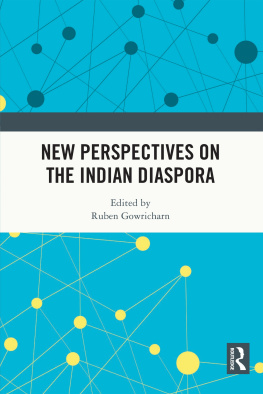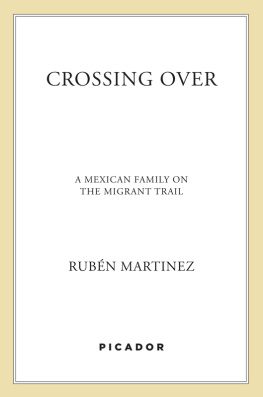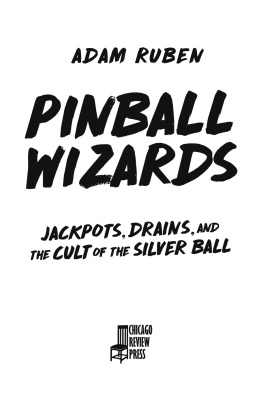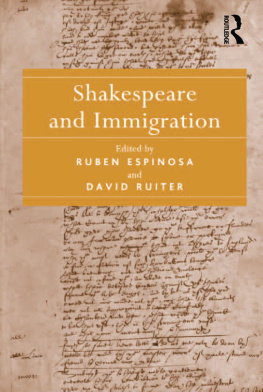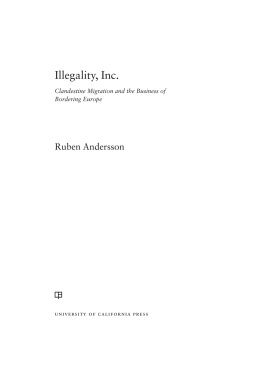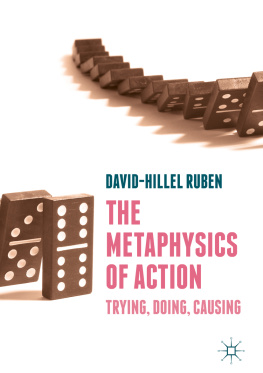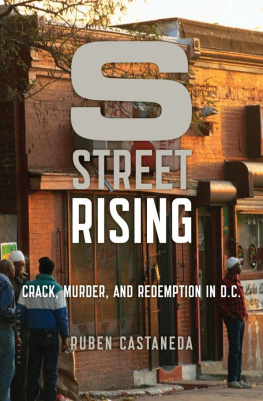Ruben Ygua - THE HISTORY OF CHINA
Here you can read online Ruben Ygua - THE HISTORY OF CHINA full text of the book (entire story) in english for free. Download pdf and epub, get meaning, cover and reviews about this ebook. year: 2020, genre: Romance novel. Description of the work, (preface) as well as reviews are available. Best literature library LitArk.com created for fans of good reading and offers a wide selection of genres:
Romance novel
Science fiction
Adventure
Detective
Science
History
Home and family
Prose
Art
Politics
Computer
Non-fiction
Religion
Business
Children
Humor
Choose a favorite category and find really read worthwhile books. Enjoy immersion in the world of imagination, feel the emotions of the characters or learn something new for yourself, make an fascinating discovery.

- Book:THE HISTORY OF CHINA
- Author:
- Genre:
- Year:2020
- Rating:5 / 5
- Favourites:Add to favourites
- Your mark:
- 100
- 1
- 2
- 3
- 4
- 5
THE HISTORY OF CHINA: summary, description and annotation
We offer to read an annotation, description, summary or preface (depends on what the author of the book "THE HISTORY OF CHINA" wrote himself). If you haven't found the necessary information about the book — write in the comments, we will try to find it.
THE HISTORY OF CHINA — read online for free the complete book (whole text) full work
Below is the text of the book, divided by pages. System saving the place of the last page read, allows you to conveniently read the book "THE HISTORY OF CHINA" online for free, without having to search again every time where you left off. Put a bookmark, and you can go to the page where you finished reading at any time.
Font size:
Interval:
Bookmark:

RUBEN YGUA
RUBEN YGUA
THE HISTORY OF CHINA
THE HISTORY OF CHINA
Contact with the author: ruben.ygua@gmail.com
RUBEN YGUA
The content of this work, including the spelling check, is the sole responsibility of the author.
THE HISTORY OF CHINA
Dedicated to my family
RUBEN YGUA
Traditional methods of studying the past have always given greater importance to nationalist, religious and moral interests, which subordinated the historical fact to the System point of view.
Thats how we have been educated.
The time has come to simplify and show respect for our ancestors, striving to know what really happened in the past, and not just what they want to inform us about.
After so many years of studying History, I came to the conclusion that the best study system is through an impartial, objective Chronology that just put each event in its exact place in time, revealing History without manipulation.
This Chronology contains not only purely political facts, such as the foundation of cities, the birth of kingdoms and empires, scientific and geographical discoveries, natural disasters and epidemics; it also includes information on the most different fields of human activity: chemistry, astronomy, geography, mathematics, and so on. In parallel, the chronology is complemented by data that do not belong to a specific date, but to an entire epoch, they are each society generalities, curiosities, customs, the religion of each civilization, inventions or discoveries that cannot be placed in an exact date, etc.
The result of all this set is one of the most complete chronologies within its reach, periodically updated with the latest archaeological and scientific discoveries, and that transforms the reader into an eyewitness of the past, understanding the relation of geographically distant facts to each other, but closely connected in time and influencing unexpected consequences. This is something that traditional history has generally ignored when it was not usable.
A work of this magnitude could not be published in a single book, so I have divided it into several collections, and the Spanish originals are being translated into French, English, Italian and Portuguese.
The chronology goes from prehistory to the present day year by year, as far as possible.
For those who prefer a deeper and more detailed study, I have prepared a second chronology, day by day, which for now covers from 1789 to 1946, divided into five collections.
Ruben Ygua
THE HISTORY OF CHINA
CHINA
18.500. OOO BC - 2000 AD
RUBEN YGUA
PALEOLITHIC- THE FIRST INHABITANTS
18,500.000- Hominid primates leave Africa to colonize Eurasia, giving rise to the families of the Sivapithecus in Pakistan, and the Lufengpithecus in China, classified as hominids along with the modern orangutans.
8,000.000- In Yunnan: fossil of the primate Lufengpithecus lufengensis, considered one of the first ancestors of Humans.
5,000.000- Oldest fossils of Gigantopithecus, a primate that could reach three meters in height weighing 300 kg, its fossils have been found in China, India and Vietnam, it was omnivorous or perhaps herbivorous, it became extinct around 100,000 BC by unknown causes. The plum originates in China.
2,000.000- Biber-Donau inter-glacial period begins. The first human groups leave Africa. In a few millennia, Homo Ergaster, Homo erectus, or evolutionarily earlier elements, spread from the Near East to Georgia, China, Indonesia, Java, and Europe. It is known that the movement through Asia was done very quickly, since in a few thousand years they had reached the island of Java. At the rate of one kilometer per year they were able to achieve it in 15,000 years, following the movements of the herds of large animals.
1,800.000 - Javanese Man- Its fossils vary in age, ranging from 1,800,000 to 200,000 years, were found in Java, Beijing and other regions in China. They used fire and worked stone.
1,700.000- Human remains and stone tools of Yuanmou Man (Homo erectus) 1,500.000- Remains of Nihewan Man and stone tools (Homo erectus).
1,050.000- The Gongwangling Man is the oldest fossil found in North Asia of a human walking upright. Scientists dispute their classification, which can vary from a subspecies of Homo Erectus or Homo Denisoviensis.
1,000.000- In Zhoukoudian, the oldest records of the use of fire by Homo erectus in China.
600.000 - The Lantian Man, Homo erectus who used tools and knew fire.
500,000- Zhoukoudian Archaeological Site: peking man (Homo erectus) lived in caves or shelters, knew fire and fed on seeds, roots, fruits and animals.
260.000- Fossil of the Jinniushan Woman (Homo Heidelbergensis), along with remains of bonfires, animal bones and stone tools.
230.000- Fossil showing mixed characteristics of Homo erectus and Heidelbergensis.
100.000- Huanglong Cave: Man from Dingcun, it is still debated whether it is a Homo sapiens or Denisoviensis.
81.000- Fuyan Cave in Daoxian, archaeologists find fifty teeth belonging to Homo sapiens, possibly they were part of the second migratory wave that left Africa around 89,000 BC, and there is still an intense debate.
60.000- Guangxi, Zhiren Cave: Homo Sapiens-Neanderthal hybrid fossil.
49.500- Fossil of Ordos Man, showing Mongoloid characteristics, specifically in dentition.
24.000- Fossil of the Man of Tsochen, the oldest human in Taiwan.
20.000-LATE GLACIAL INTERSTADIAL: the glaciers extend as far as Beijing.
19.500- Xianrendong Cave: the oldest ceramics in China. All the containers were very porous, thick and fired at low temperatures, in the south these containers have been found in various caves, dated towards the end of the Pleistocene. As the best way to extract meat from shellfish is by boiling, it is believed that the vessels were used to cook these types of resources, among other foods such as rice.
THE HISTORY OF CHINA 18.000- Fossils of Zhoukoudian Man (Homo Sapiens) reveals a degree of evolution of greater complexity compared to other cultures in the south of the country.
17.000- Culture of the Xianren cave, in Wannian, consumption of rice and ceramic remains.
14.500 - Human fossils from the Red Deer cave, their species has not yet been classified, which shows significant differences with Neanderthal or H. sapiens.
NEOLITHIC CULTURES
10,000- First cultivation of RICE in the Yagzi River.
9900- Possible date of the arrival of proto-Austronesian peoples to Taiwan, they are the possible ancestors of the Seediq aborigines. The Hoa Binh Culture develops from the north of Vietnam, to some regions of southern China; it is characterized by its edges worked on one side, flaked flakes, stone mortars and bone spatulas.
9600- MILLET agriculture begins in Henan province.
9000- Neolithic Revolution, beginnings of beekeeping. In this millennium, some of the inventions that change the course of History appear (or their use is generalized): the sickle, the plow, the ceramics, the pottery, the rope, the hook, the sewing needle, the spoon, the wicker and fiber braiding, linen and wool fabrics, the hand mill for grinding cereals, the wheel and the sail for navigation, all of this increase the efficiency of human work by improving living conditions. Polished stone tools and weapons begin to replace carved stone.
8800- It is the time of the legendary Nwa (the inventor of agriculture), Fuxi (first mythical king, creator of divination trigrams, first outline of writing) and Shennong (the divine farmer, third mythical king).
Next pageFont size:
Interval:
Bookmark:
Similar books «THE HISTORY OF CHINA»
Look at similar books to THE HISTORY OF CHINA. We have selected literature similar in name and meaning in the hope of providing readers with more options to find new, interesting, not yet read works.
Discussion, reviews of the book THE HISTORY OF CHINA and just readers' own opinions. Leave your comments, write what you think about the work, its meaning or the main characters. Specify what exactly you liked and what you didn't like, and why you think so.


